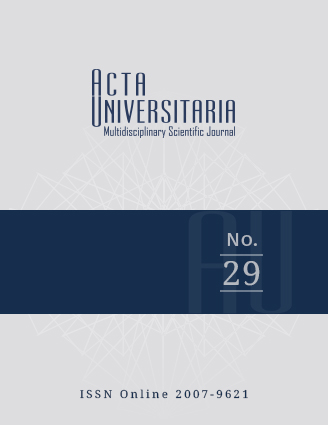Study of factors influencing the production of non-centrifugal sugar cane (Saccharum officinarum L.) using a Plackett Burman design
Published 2019-10-16
How to Cite
Abstract
Sugar cane in the Huasteca Potosina (Mexico) is used to obtain table sugar (sucrose) and non-centrifugal sugar (NCS) (piloncillo) production, which is elaborated the traditional way; however, NCS has been in great demand in both regional and national markets since its introduction as an alternative to sucrose. In the present study, the main factors that influence the artisanal piloncillo production were evaluated by using the Plackett Burman experimental design. In the results, the temperature, pH and sugars concentration parameters had a major influence on the color and consistency of the final product. To obtain piloncillo that meets the organoleptic characteristics for it to be consumed, temperatures >100 °C, pH close to 5.8 during the whitewashing process and short evaporation times of juices are recommended to avoid high concentrations of reducing sugars. Finally, the maximum production yield obtained through the selected method was 160 g/l ± 10 g/l of used cane juice.

